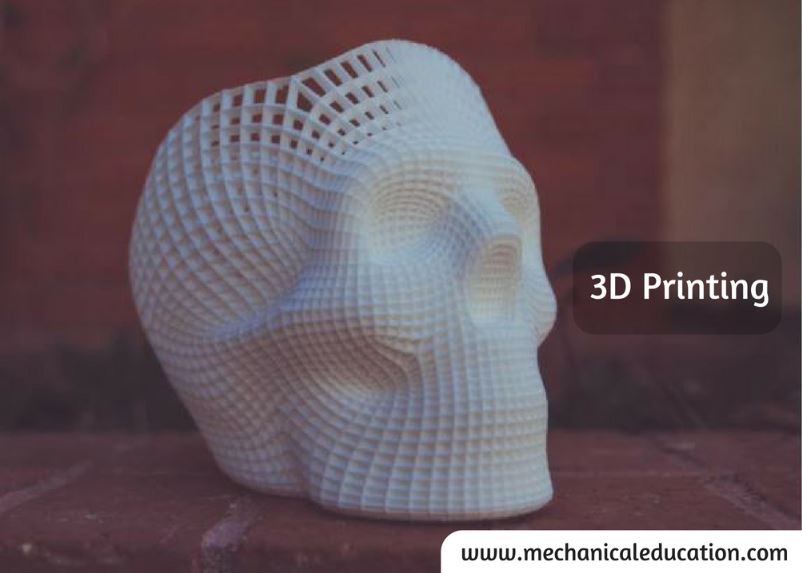Installing a new water filter is a relatively straightforward process. Here’s a general guide to help you install a new water filter:
- Choose the right water filter: Select a water filter that suits your specific needs and the type of filtration system you have. There are various types of filters available, such as activated carbon filters, reverse osmosis systems, and sediment filters. Read the manufacturer’s instructions and specifications to ensure compatibility with your existing plumbing system.
- Shut off the water supply: Locate the shut-off valve for the water supply line where the filter will be installed. Turn off the valve to stop the water flow. If there isn’t a dedicated shut-off valve, you may need to shut off the main water supply to your home.
- Release pressure: Open a nearby faucet to release any remaining water pressure in the plumbing system. This will help minimize water leakage during the installation process.
- Prepare the filter housing: If your filter system uses a housing, prepare it for installation by removing the housing cover or cartridge. Refer to the manufacturer’s instructions for your specific filter model.
- Remove the old filter (if applicable): If you’re replacing an existing filter, carefully remove the old filter cartridge from the housing. Dispose of it properly according to local regulations.
- Install the new filter cartridge: Insert the new filter cartridge into the filter housing, following the manufacturer’s instructions for proper orientation and positioning. Ensure a snug fit to prevent any water bypass.
- Prepare the filter connections: If necessary, connect any fittings or adapters provided with the filter to the incoming and outgoing water lines. Ensure proper tightening and sealing using plumbers tape or other recommended sealing materials, if applicable.
- Install the filter housing or assembly: If your filter system uses a housing, reattach the housing cover or cartridge. Ensure it is properly aligned and secured according to the manufacturer’s instructions. If your system doesn’t use a housing, make the necessary connections to the incoming and outgoing water lines as per the manufacturer’s instructions.
- Turn on the water supply: Slowly turn on the water supply valve to allow water to flow through the filter. Check for any leaks around the filter housing or connections. If you notice any leaks, tighten the fittings or connections as needed.
- Flush the filter (if required): Some filters may require an initial flushing process to remove any air or loose particles. Follow the manufacturer’s instructions for flushing the filter, if necessary.
- Test the water flow: Once the installation is complete, test the water flow from a nearby faucet to ensure the filter is operating correctly. Check for any unusual taste or odor, which may indicate a problem with the installation or the filter itself.
It’s important to note that the installation process may vary depending on the type and model of the water filter you’re using. Always refer to the manufacturer’s instructions specific to your filter for detailed installation steps and any additional considerations. If you’re unsure about any aspect of the installation or encounter difficulties, it’s recommended to consult the manufacturer’s customer support or a professional plumber for assistance.




